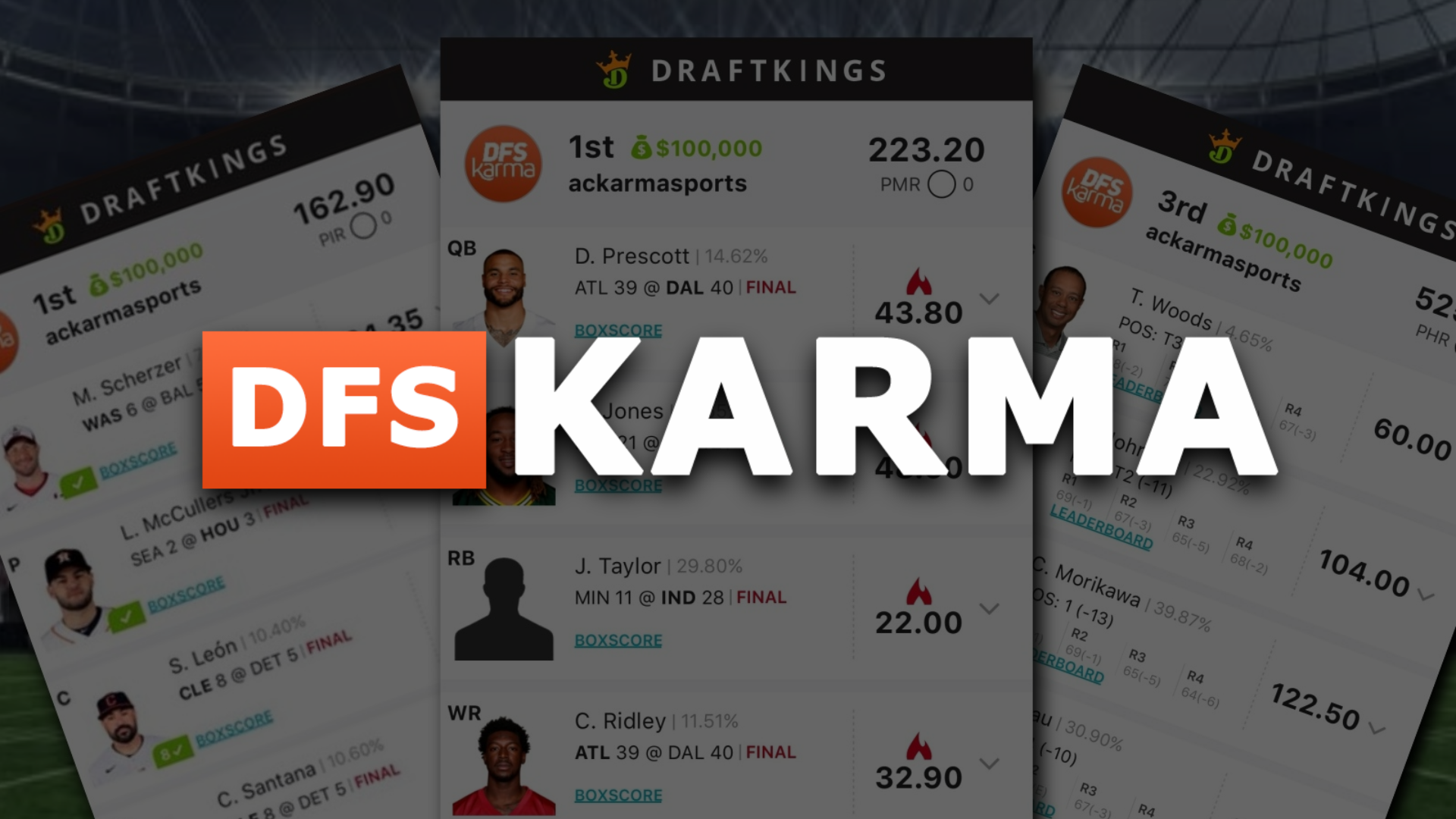
By now, you’ve probably heard the term “NFT.” From Dapper Lab’s NBA Top Shot to massive sales on CryptoPunks and Bored Ape Yacht Club apes (including sales via Christie’s, one of the most well-known fine art auction houses in the world), it is safe to say NFTs are mainstream. But what exactly is an NFT? This article explains “non-fungible tokens” to you like you’re five years old, skipping over the boring details and getting straight to the point with examples and real-world use cases.
A Definition
An NFT, or non-fungible token, is a digital asset. That digital asset can be linked to real-world objects (think physical art, houses, cars, etc.) But it can also exist on its own (think digital art, music, video game items, videos, etc.).
In the case of physical objects, an NFT can provide proof of ownership of real-world items, as non-fungible means exactly that — it is unable to be duplicated or faked. Of course, fakes of certain NFTs do exist, but it is easy enough to verify ownership on the blockchain, which is just a fancy name for an online database that stores information. For now, all you need to know is that blockchains are unchangeable (for the most part) and do not rely on a centralized authority to create and maintain its ledger (it does what a bank does without the need for a bank and all its employees).
In the case of digital objects, an NFT can provide proof that a user owns a specific and original online item. The most obvious example is NBA Top Shot, where collectors “own” videos of certain basketball players scoring, rebounding, assisting, blocking, etc. in specific games. People who don’t understand or refuse to accept NFTs as a way to “mint” (or create) and sell these digitized assets frequently refute the ownership claim, saying, “But I could just watch the video on YouTube.” That’s true, you can do that. But owning an NFT is different. A serial number is created and you own a specific serial number of the video. You can buy other user’s videos, hold your own videos, or sell/gift your own videos to other users.
So whether or not you think such an asset is valuable is beside the point. NFTs are digital assets that provide proof of ownership to online users.
A Few Examples
NFTs are primed to influence multiple different areas of digital ownership, including: collectibles, art, gaming, brands, culture, metaverse items, off-chain assets, and even off-chain governance.
Currently, NFTs are most popular in the collectible and art categories. Bored Ape Yacht Club, NBA Top Shot, Cool Cats, CryptoPunks, and more are all popular collectibles in the space. Unique 1/1 art is also very popular with artists like Beeple, XCopy, toomuchlag, and others quickly making a name for themselves.
Soon, NFTs will move into the gaming space, where items in video games will be owned by the players. Imagine Pokémon, but that level 80 Charizard can be held, bought, or sold on an open marketplace.
After that, brands and cultural figures will enter the space. We’ve already seen this to a certain extent with AriZona Iced Tea, Visa, and others.
The metaverse will provide a similar experience to gaming, but characters and items will be much more universal.
And finally, NFTs will influence off-chain, or physical, real-world, objects. House deeds and car titles will be transferred digitally. Voter cards and event tickets will be issued as NFTs.
This is about much more than fun profile pictures (pfps) and cute jpegs. The impacts that NFTs could have on our society are endless.






